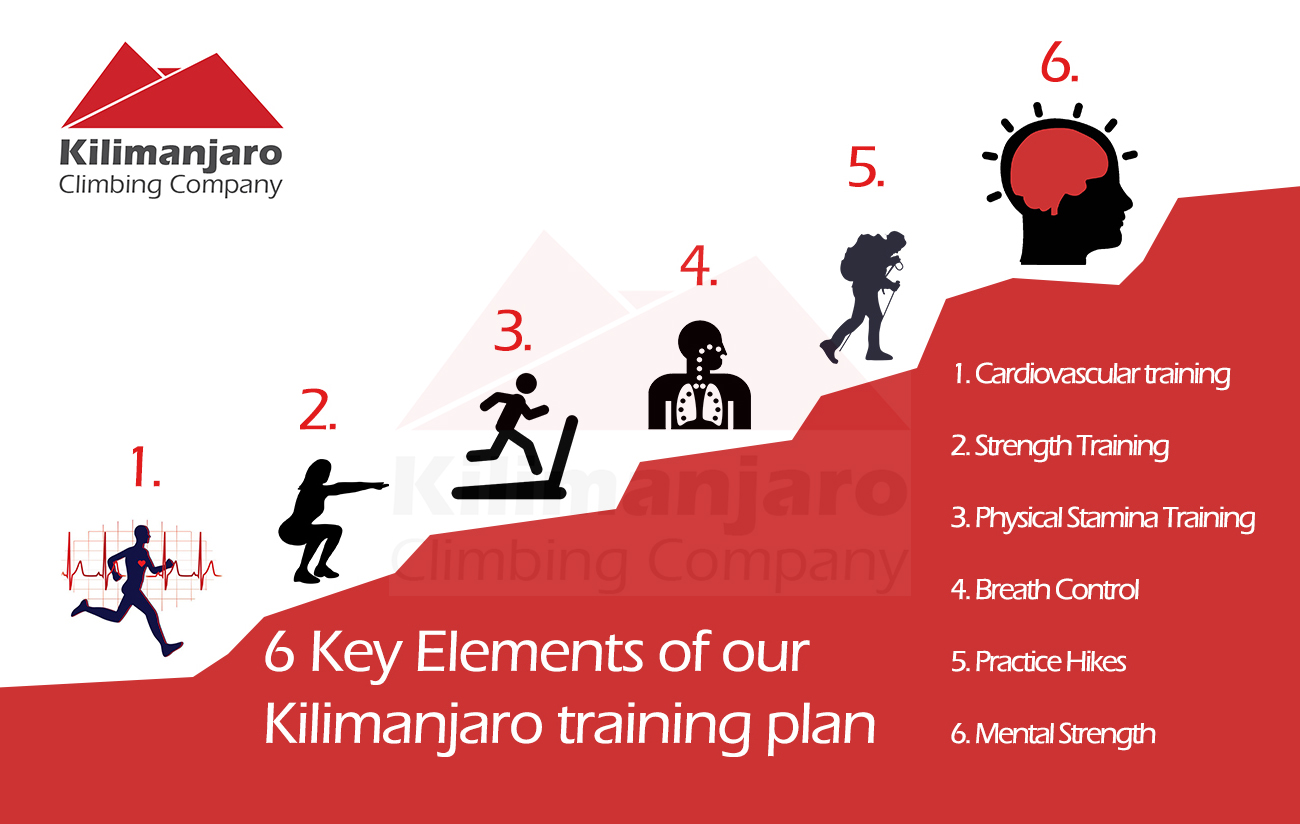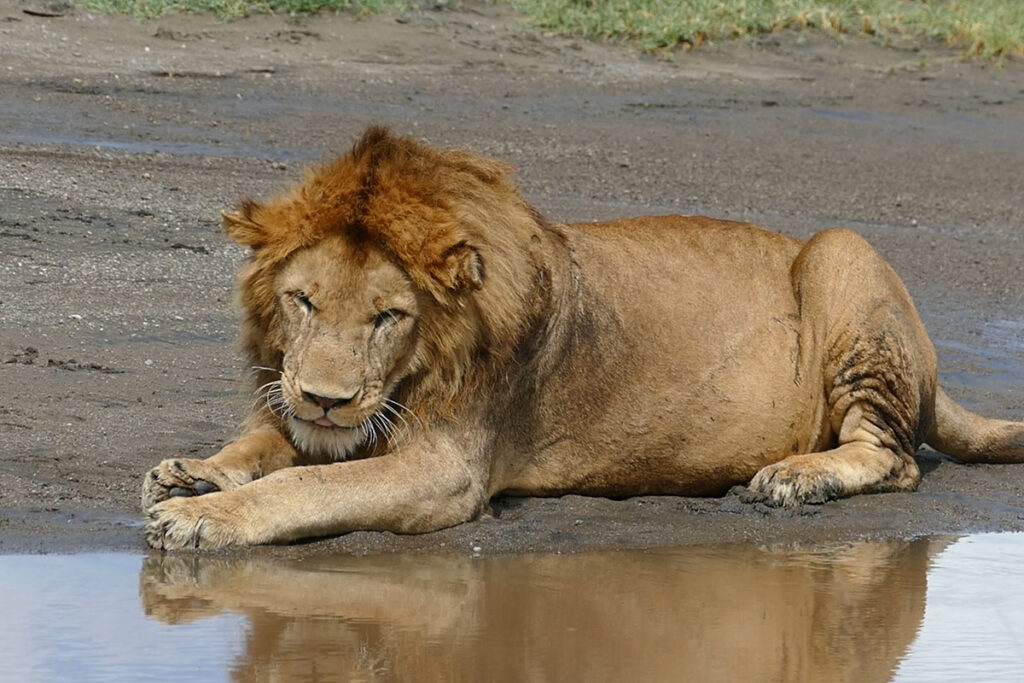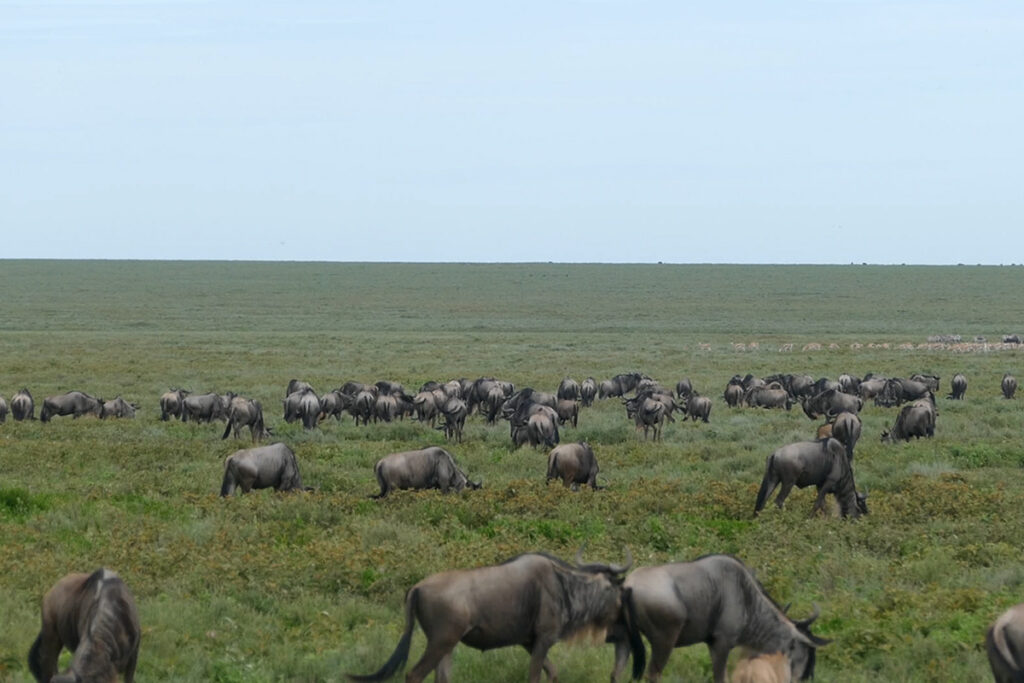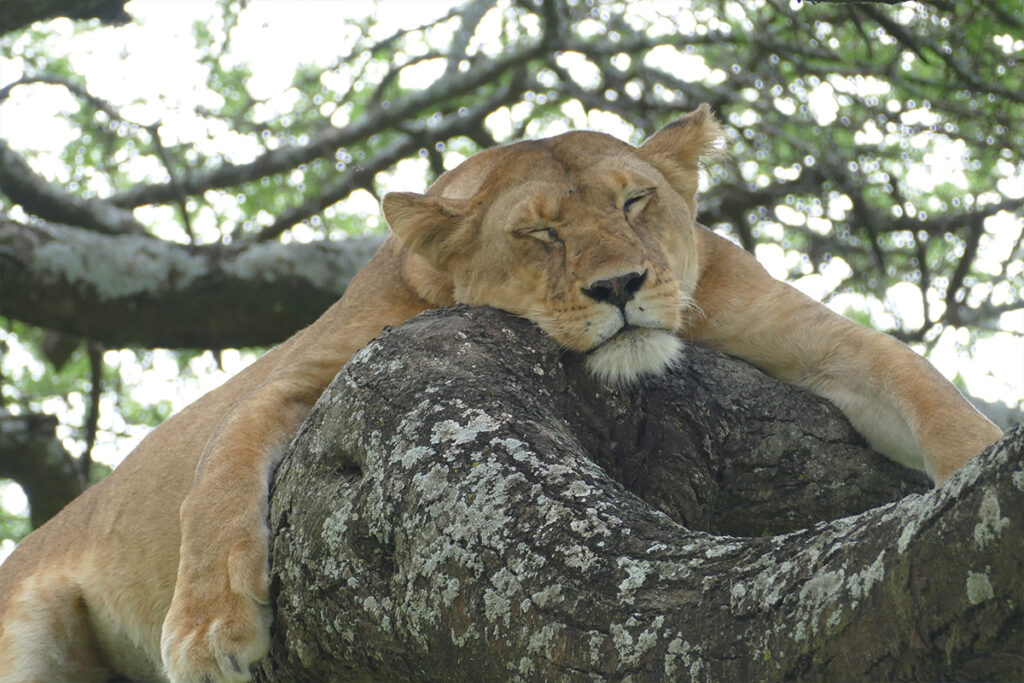Every year, thousands dream of conquering the majestic peak of Mount Kilimanjaro, but only a fraction make it to Uhuru Peak. The climb is not just a physical endeavor; it’s a testament to one’s mental and emotional fortitude. Interestingly, around 35% of climbers fail to reach the summit due to inadequate preparation and underestimating the mountain’s demanding conditions.
Proper physical conditioning isn’t just advisable; it’s imperative for a successful ascent. Focusing on aerobic stamina through activities like hiking and running prepares your body to cope with lower oxygen levels at high altitudes. Additionally, incorporating strength training for core stability and endurance can mitigate fatigue and enhance resilience against Kilimanjaro’s challenging terrain.

Fitness Tips: Getting in Shape for Kilimanjaro
Climbing Kilimanjaro is a thrilling adventure that requires good physical fitness. To start, focus on improving your cardiovascular health. Activities like jogging, cycling, and swimming boost endurance and heart strength. Aim for at least 30 minutes of aerobic exercise five days a week. This not only builds stamina but also prepares your body for lower oxygen levels at high altitudes.
Strength training is equally important when prepping for Kilimanjaro. Work on exercises targeting your legs, core, and upper body. Squats and lunges help build leg muscles, while planks strengthen your core. A strong core helps balance and stability on rough mountain terrain. Include this training in your weekly routine for optimal results.
Don’t forget about altitude acclimatization. Before your climb, try spending time at higher altitudes. This helps your body adjust to reduced oxygen levels. Breathing techniques are also beneficial. Practice deep, controlled breaths to enhance lung capacity.
Proper nutrition and hydration play a big role in your preparation. Opt for meals rich in proteins, carbohydrates, and healthy fats. These nutrients fuel your body effectively. Staying hydrated is crucial, so drink plenty of water daily. Remember, a well-nourished and hydrated body performs better and recovers faster.
Top Tips for Kilimanjaro from a Professional Guide!
The Importance of Cardiovascular Fitness
Cardiovascular fitness is vital when preparing to climb Kilimanjaro. It strengthens your heart and lungs, enabling them to work more efficiently. This is crucial because higher altitudes mean less oxygen. Engaging in activities like running, swimming, or cycling can enhance cardiovascular health. Consistency is key; aim for regular workouts.
Aerobic exercise helps build endurance, which is necessary for long hours of trekking. Activities such as brisk walking and hiking simulate the conditions you’ll face on Kilimanjaro. They also prepare your muscles for sustained effort. Tracking your progress can be encouraging. Use a fitness tracker to monitor your heart rate and performance.
Incorporating interval training can also benefit your cardiovascular fitness. This involves short bursts of intense exercise followed by periods of rest. It challenges your heart and lungs, improving their capacity. These workouts can be more time-efficient. Just 20 minutes a few times a week can make a difference.
Cardiovascular fitness also aids in quicker recovery times. This means less fatigue and more energy for each day’s climb. Proper breathing techniques also play a part. Practice deep, rhythmic breathing during your workouts. This helps increase lung capacity and oxygen efficiency.
Strength Training for Mountain Climbing
Strength training is a crucial part of preparing for mountain climbing, as it builds muscles and enhances endurance. It targets the muscles in your legs, arms, and core, providing support on rough terrains. Exercises like squats, lunges, and calf raises are beneficial. These movements focus on leg strength, which is essential for climbing. Consistent training improves your resilience on steep paths.
Strengthening your core is equally important, as it supports your body’s balance and stability. Planks and Russian twists can help fortify these muscles. A robust core aids in maintaining good posture and reduces the risk of injury. Balance exercises, such as standing on one leg, are also beneficial. They improve coordination, which is helpful on uneven surfaces.
Upper body strength is necessary for carrying gear and aiding balance. Push-ups and pull-ups engage your arms, shoulders, and back. These exercises also enhance grip strength, which is useful for holding trekking poles. Including resistance bands in your routine can increase muscle engagement. They’re portable and can be used for various exercises.
A balanced strength training routine should include a mix of different exercises. Aim for variety to work all major muscle groups. Incorporate rest days between workouts to allow muscles to recover. Progress tracking can be motivating, so keep a log of your workouts. Adjusting intensity as you improve can further enhance your preparedness for the climb.
Altitude Adaptation Techniques
Adapting to altitude is essential for a successful Kilimanjaro climb. Your body needs time to adjust to lower oxygen levels. One effective technique is the “climb high, sleep low” method. This involves ascending to a higher altitude during the day and then descending to sleep at a lower elevation. This practice helps your body produce more red blood cells, enhancing oxygen delivery.
Hydration plays a significant role in altitude adaptation. Staying well-hydrated aids in acclimatization and reduces the risk of altitude sickness. Aim to drink at least 3 to 4 liters of water daily while preparing for your climb. Avoid alcohol and caffeine as they can lead to dehydration. Consistent water intake supports overall performance.
Breathing techniques are also beneficial in adapting to high altitudes. Practice deep, slow breaths to improve lung capacity. Yoga and meditation can help you learn better breathing control. These techniques increase oxygen intake and can be practiced anywhere. Including them in your training routine can be advantageous.
Some climbers use medications like acetazolamide to help acclimate. This medication can reduce symptoms of altitude sickness. However, it’s essential to consult your doctor before taking any medication. Natural supplements like ginkgo biloba are also known to enhance circulation. Always seek professional advice before starting new supplements.
A gradual ascent is vital for allowing your body to adapt. Rushing the climb increases the risk of altitude sickness. Plan your itinerary with rest days to aid adjustment. Patience and careful planning can make a significant difference. Remember, your health is more important than speed.
Regular physical activity at higher altitudes can also aid in adaptation. Spend weekends hiking or trekking in mountainous areas. This exposure helps your body get accustomed to lower oxygen levels. These activities not only improve fitness but also prepare you mentally for the climb. Stay consistent and patient in your training.
Nutrition and Hydration Strategies
Proper nutrition is a cornerstone of preparing for a Kilimanjaro climb. Your body needs a balanced diet to meet the physical demands of high-altitude trekking. Include plenty of carbohydrates like pasta and rice to fuel energy levels. Proteins, such as chicken or beans, aid muscle repair after strenuous hikes. Healthy fats from sources like nuts provide steady energy too.
While climbing, maintaining energy levels is crucial. Consider carrying snacks such as energy bars, nuts, and dried fruits. These options are lightweight and nutrient-dense. They’re easy to consume during short rest breaks. Keeping your energy steady helps improve your stamina.
Hydration is equally, if not more, important than diet. Drinking enough water helps prevent altitude sickness and dehydration. During the climb, aim for at least 3 liters of water daily. Using hydration systems, like bladders or bottles, can make it easier to sip regularly. Cold weather can mask thirst, so set reminders to drink often.
Electrolytes are also essential as they replenish lost salts. Consuming electrolyte tablets or powders can maintain your body’s balance. These supplements help with swift recovery and optimal muscle function. They’re particularly useful in harsh weather conditions. Convenience makes them a valuable addition to your nutrition plan.
Before the climb, avoid alcohol, which can lead to dehydration. Caffeine intake should be moderate as well. It can also affect sleep quality and hydration levels. Listening to your body and making mindful nutrition choices ensure you’re ready for the adventure. Preparing nutrition and hydration strategies leads to a successful climb.
Recommended Training Schedule Prior to Your Climb
Preparing for a Kilimanjaro climb requires a well-structured training schedule. Begin at least three months before your departure. Start with four to five cardio sessions per week. Include activities such as jogging, cycling, and swimming. These exercises boost cardiovascular endurance.
Strength training is vital and should be incorporated twice a week. Focus on leg exercises like squats, lunges, and step-ups to enhance climbing power. Add core workouts, including planks and crunches, to improve stability. Upper body exercises like push-ups are also essential. This routine builds overall muscle strength.
Consider integrating hiking into your plan once a week. Trails with varied elevations are ideal to mimic the climbing experience. Spending time on your feet helps you adapt to the long trekking sessions. Local parks or trails can serve well for this practice. Gradually increase the distance and difficulty over time.
Rest is equally crucial in your training regimen. Allow one or two rest days each week for muscle recovery. Overtraining can lead to fatigue and injuries. Listen to your body and adjust your schedule as needed. Consistent yet balanced training yields the best results.
Tracking your progress can keep you motivated. Use a journal or a fitness app to log workouts and improvements. This helps you stay on track and adjust goals if needed. Monitoring your progress offers a clear picture of your readiness. Celebrate small victories along the way.
Finally, don’t forget about altitude preparation. If possible, spend a weekend at higher elevations to help your body acclimate. This exposure is beneficial for getting used to lower oxygen levels. Coupled with your training schedule, this strategy enhances your readiness for Kilimanjaro. Stay committed to your plan for a successful climb.
Key Takeaways
- Cardio improves endurance for long hours of mountain climbing.
- Strength training targets essential muscles for balance and power.
- Altitude adaptation keeps you fit in low-oxygen environments.
- Maintaining hydration helps prevent altitude sickness during the climb.
- A balanced diet boosts energy and supports muscle recovery.




